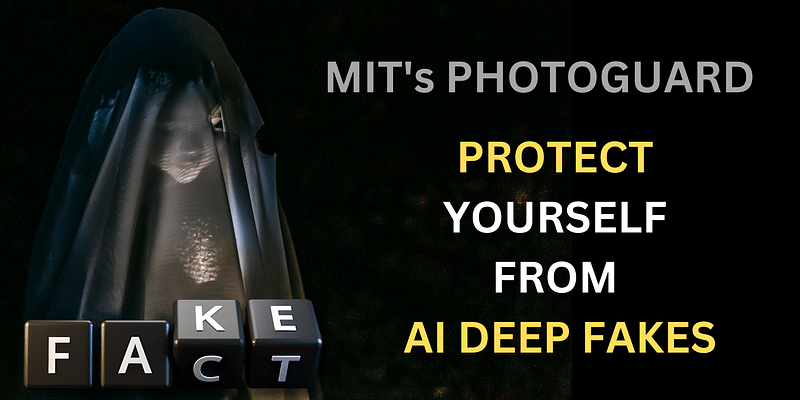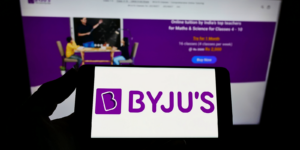
As AI technology advances, so does the risk of image manipulation. In response, the Massachusetts Institute of Technology’s Computer Science and Artificial Intelligence Laboratory (MIT CSAIL) has introduced a new tool, PhotoGuard. This tool aims to protect images from unauthorised AI alterations by disrupting the data within an image that AI uses to understand what it’s looking at.
PhotoGuard alters select pixels in an image. These changes, called “perturbations”, are invisible to humans but can be detected by AI. This confusion helps protect photos from misuse, a problem that’s grown with the rise of AI that can create or alter images.
PhotoGuard uses two main techniques: the “encoder” method and the “diffusion” attack. The encoder method adds complexities to the data that describes the colour and position of pixels in the image, making it hard for AI to understand the image. The diffusion attack method changes the image to resemble another one, further confusing the AI.
Heidi Salman, an MIT student and lead author of the paper about PhotoGuard, explained these techniques. She said the encoder attack makes the AI think the image is something else. The diffusion attack makes the AI edit the image towards a different target image.
But, these techniques aren’t foolproof. A determined person could potentially reverse engineer the protected image by adding digital noise, or by cropping or flipping the picture.
Salman highlights the importance of a collaborative approach, involving model developers, social media platforms, and policymakers, to create a strong defence against unauthorised image manipulation. She emphasised that much work is needed to make this protection practical, urging companies to invest in creating defences against potential threats from AI tools.
PhotoGuard represents an important step towards protecting images from AI manipulation in an era of rapidly advancing AI technology. Despite some vulnerabilities, it’s a promising tool that hopefully will inspire more advancements in digital security.






![Read more about the article [Product Roadmap] How fintech startup OkCredit restructured its tech stack to see over 800 million transaction](https://blog.digitalsevaa.com/wp-content/uploads/2021/03/PRM-1617098009904-300x150.png)


